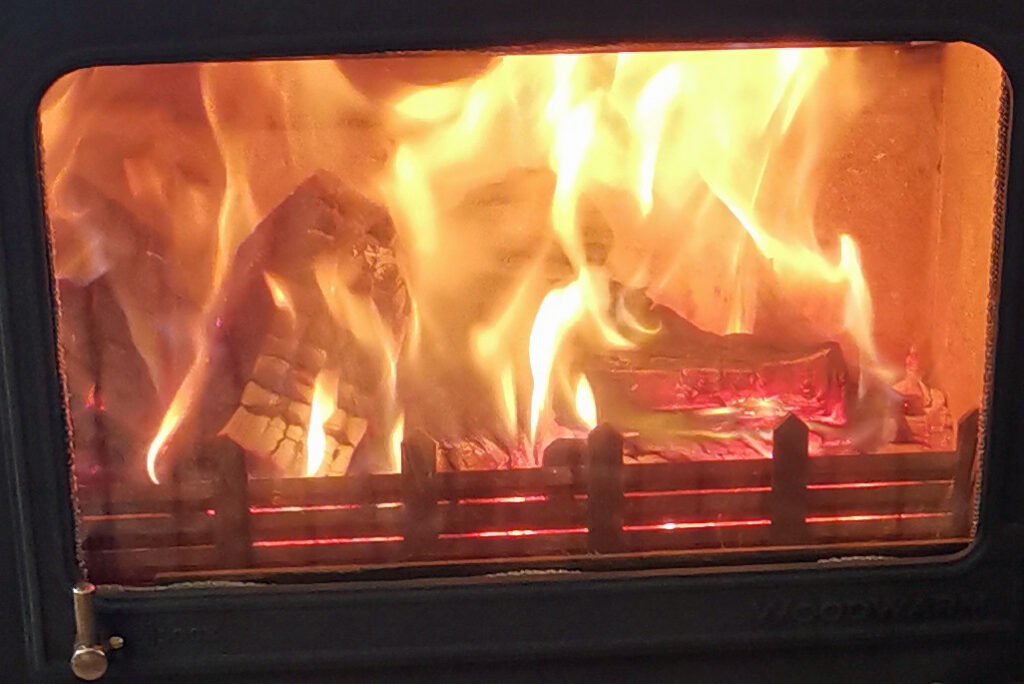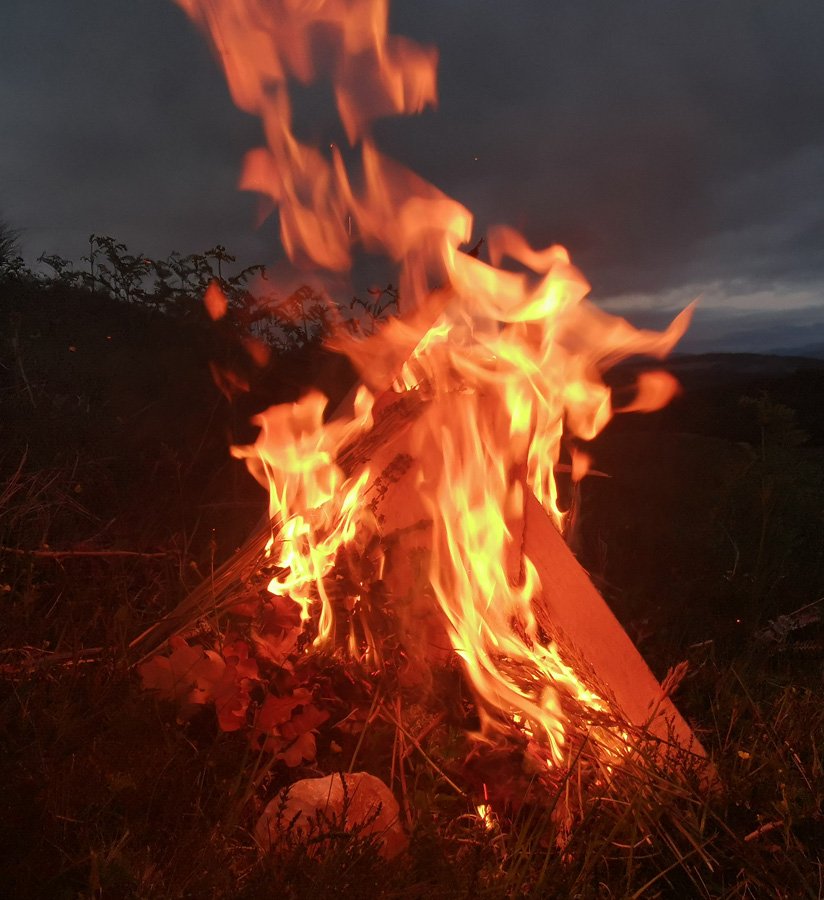Fire has long held a place of reverence in human history, its flickering flames captivating our ancestors and shaping rituals, myths, and traditions across millennia. In Scotland, fire takes on a particular significance, especially during the dark, cold months of winter when its warmth and light feel essential to both survival and spirit.
Fire as Ritual
In ancient Scotland, fire was central to community gatherings and seasonal festivals. The Celts celebrated fire festivals such as Samhain, marking the transition from autumn to winter. Bonfires were lit to honour the thinning of the veil between the worlds of the living and the dead. These flames were believed to offer protection, warding off evil spirits and inviting ancestral blessings.
Even today, echoes of these traditions linger. Fires burned during Hogmanay, Scotland’s New Year celebration, symbolise cleansing and renewal, ensuring the year ahead is free from misfortune. Fire is more than heat; it’s a purifier, a connector of past and present.

The Symbolism of Fire
Fire embodies transformation. Its flames consume, yet from its ashes comes renewal. For our ancestors, this duality mirrored the cycles of life, death, and rebirth, especially poignant during winter when the natural world seemed to retreat into a long sleep before spring’s return.
In Scottish folklore, fire was often associated with the sun, a representation of life and power. During the solstice, the shortest day of the year, firelight symbolised hope and the promise of longer days to come. Lighting a hearth fire in winter became an act of defiance against the darkness, a declaration that warmth, light, and life would endure.
Myths and Magic
Fire also holds a mystical quality. The sight of flames leaping and dancing against a winter’s night sky stirs something primal. Myths speak of fire as a gift from the gods, with stories of it being stolen from divine realms to benefit humanity. In the Highlands, it was thought that the flames of the hearth were sacred and could protect a home from malevolent forces.

Fires were also used in divination. People would read the shapes of the flames or the patterns of the embers to gain insights or predict the future. In some villages, ashes from Yule fires were scattered across fields as a blessing for a bountiful harvest in the coming year.
The Hearth as a Winter Sanctuary
In the heart of winter, the hearth fire becomes more than a source of warmth, it is the soul of the home. Sitting by the fire, you can’t help but feel connected to the generations before who also gathered around flames for comfort, storytelling, and companionship. The dance of the firelight on the walls seems to weave its own tales, flickering with memories and ancient echoes.
Today, whether it’s a fire in a wood-burning stove or a carefully tended bonfire outdoors, these flames carry the weight of history and the promise of magic. They are reminders of our deep connection to nature’s elements and the enduring symbolism of fire as a light in the darkness.
Finding the Magic for Yourself
This winter, take a moment to reflect on the flames. Notice their hypnotic rhythm, their ability to draw people together, and the way they transform the world around them. Whether you light a candle, sit by a roaring fire, or watch sparks rise from an outdoor bonfire under a star-strewn sky, you’re connecting with a tradition as old as humanity itself.
Fire is life, warmth, and light but it’s also mystery, magic, and transformation. In Scotland, where winter’s long nights embrace the land, its presence feels more vital than ever.
Linda Mellor 💚 Age, Wisdom & Wellness Guiding women to connect with nature and themselves.
